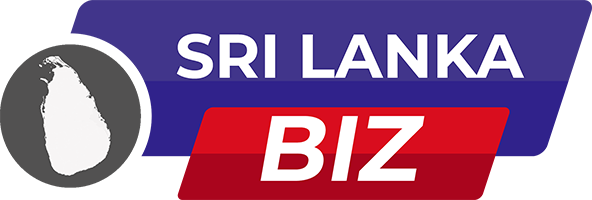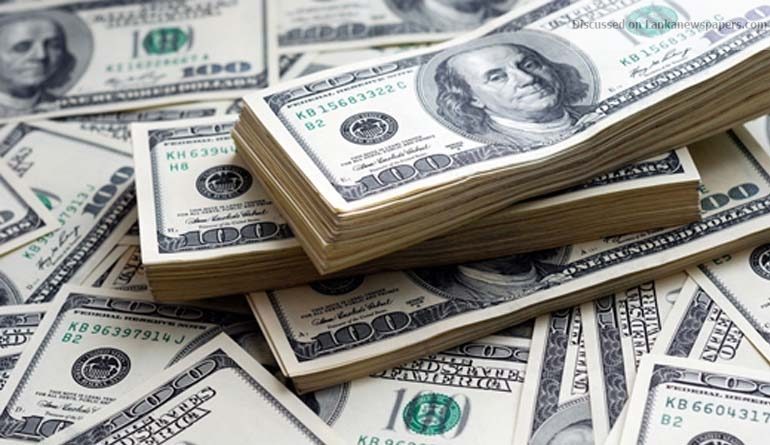Since Sri Lanka’s selective default in April 2022, the country’s banking system, including the central bank and commercial banks, has repaid or built reserves amounting to 7.39 billion US dollars. This period marked a pivotal shift in policy as interest rates were hiked to end the inflationary policies that had previously kept rates artificially low.
While Sri Lanka halted the repayment of bilateral and commercial debt, it continued to meet multilateral debt obligations. The banking sector also repaid credit lines and other debts that could not be rolled over due to credit rating downgrades stemming from earlier foreign exchange shortages and monetary interventions.
Despite the steep rate hikes in April 2022, the Central Bank of Sri Lanka (CBSL) intervened in the market by printing money to sterilize borrowings from the Asian Clearing Union. This delayed necessary corrections in the balance of payments, pushing reserves deeper into negative territory.
Deflationary policies started yielding results by September 2022, allowing the central bank to accumulate reserves and repay debt. From April 2022 to August 2024, the CBSL collected or repaid around 3.9 billion US dollars, primarily through deflationary measures, although its foreign exchange reserves remain in negative territory. During the same period, commercial banks also accumulated reserves or repaid debts worth 3.4 billion US dollars, with banks now depositing dollars abroad.
To rebuild their financial positions, banks curtailed domestic credit and collected foreign exchange to cover provisions for sovereign debt losses and government debt repaid in rupees. They also focused on replenishing net open positions reduced during the financing of imports.
The Central Bank’s recent rate cuts, driven by the belief that past inflation has subsided, ignore the balance of payments and domestic credit. The missteps in managing inflationary open market operations, including excessive money printing, continue to impact the country’s forex reserves, leading to currency depreciation and potential social unrest if not corrected.


